Inside the app, you will find a promo code for a discount on your first tour!
Thailand — is not only magnificent beaches and amazing excursions, but also a real treasury of Thai fruits. If you dream of trying durian, mango, or mangosteen, it's better to know in advance when their season starts. We will tell you which tropical fruits of Thailand are popular among tourists, how to choose them, and what their benefits are.
Mango
Mango in Thailand is deservedly the most popular fruit. Its sweet taste and rich aroma leave no one indifferent. There are many types of mango, but large yellow ones are usually the sweetest.
When is mango season in Thailand? The best time for mango is from February to May. During this period, the fruits are ripe and incredibly juicy. At markets, you will find the most popular varieties: sweet Nam Dok Mai and more sour Keo Savoy.
How to choose: Choose mangoes with smooth skin of a rich yellow color. Gently press the fruit — ripe mango will be soft but not too much.
Health benefits: Mango is rich in vitamins A and C, which improve skin condition, strengthen the immune system, and support vision.
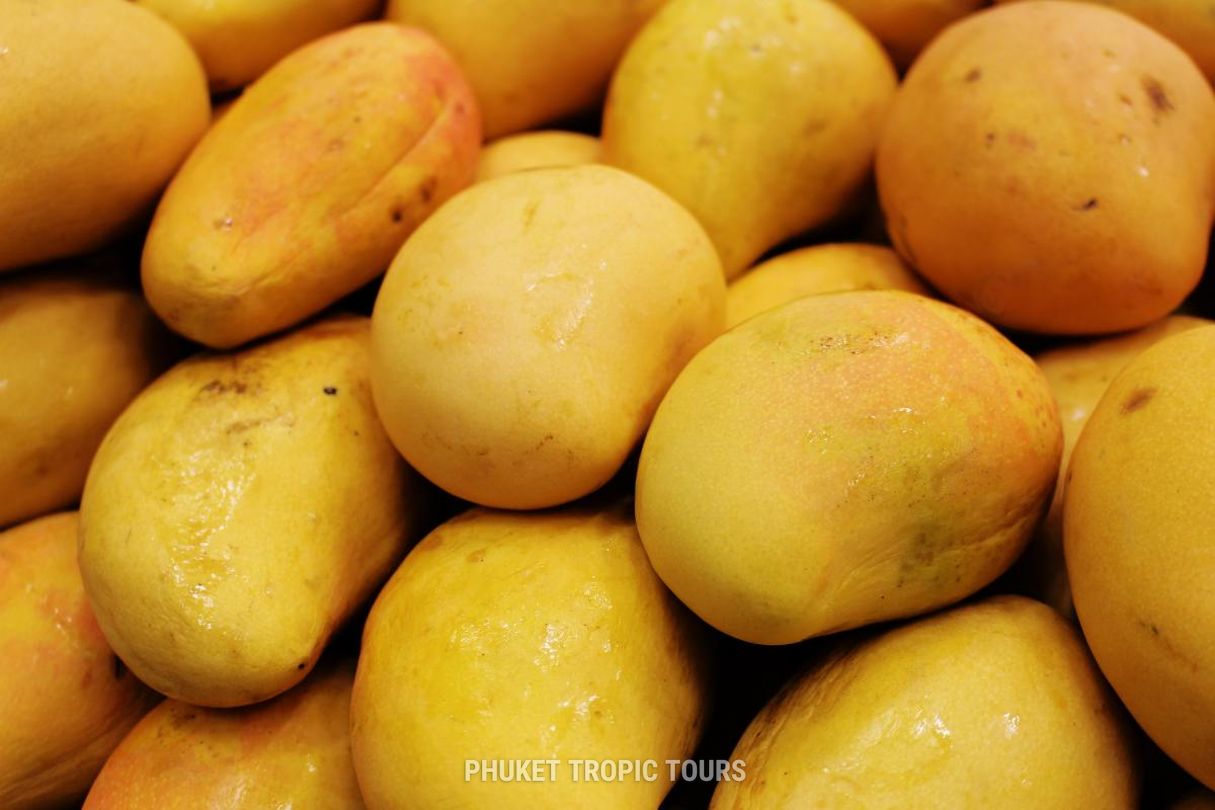
Durian
Durian, or the king of fruits, is famous for its specific smell and unusual taste. Many tourists are eager to try this fruit, and we just love it and recommend it! So, when is durian season in Thailand? The best time for this fruit — is from April to August.
How to choose durian: Look for fruits with a strong aroma and slightly cracked skin. If you are new to this, buy pre-cut slices wrapped in plastic film to try it first.
Health benefits: Durian contains B vitamins, magnesium, and potassium, which support the nervous system and boost energy.
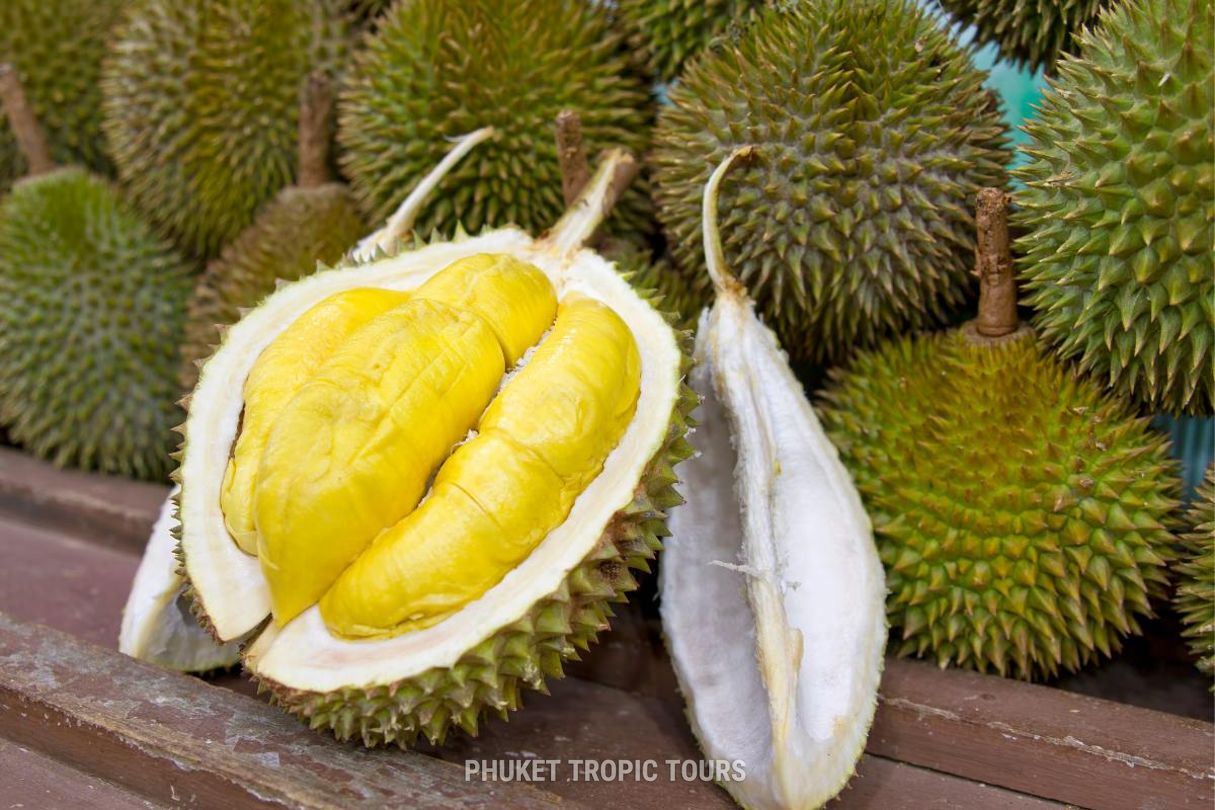
Passion Fruit
Passion fruit, also known as the "fruit of passion," delights with its unusual sweet and sour taste and aromatic pulp. The season of passion fruit in Thailand lasts from November to April, so if you are traveling during this period, be sure to try this fruit.
How to choose: Ripe passion fruit has slightly wrinkled skin — this is a sign that the fruit is at its sweetest. If the skin is too smooth, the fruit may be unripe.
Health benefits: Passion fruit is rich in vitamins A and C, which strengthen the immune system and improve skin condition. It also contains magnesium, which helps relax and relieve stress.
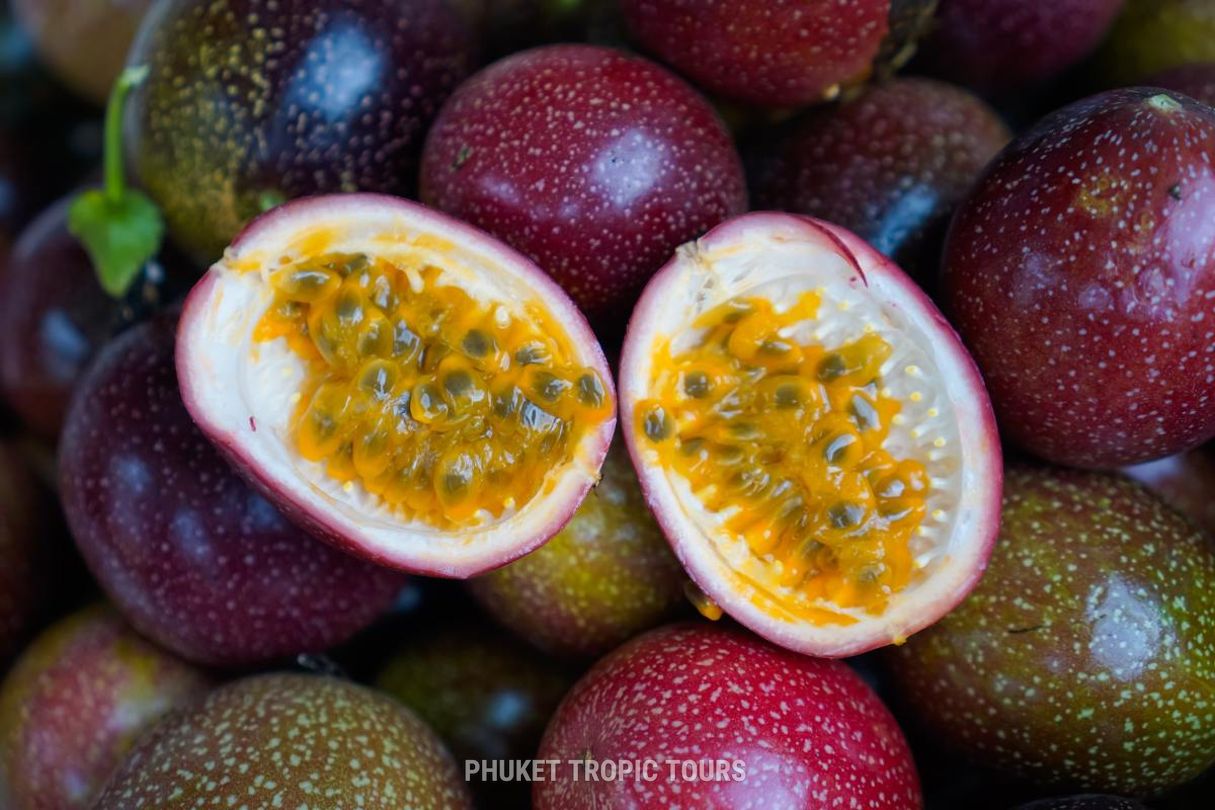
Rambutan
Rambutan - a hairy fruit, with its bright red, dense skin, green "hairs," and sweet, slightly sour pulp pleases tourists from May to August.
How to choose: Look for fruits with bright red skin. If the skin starts to turn black, the fruit is overripe.
Health benefits: Rambutan is rich in vitamin C and iron, helping to strengthen the immune system and improve blood circulation.
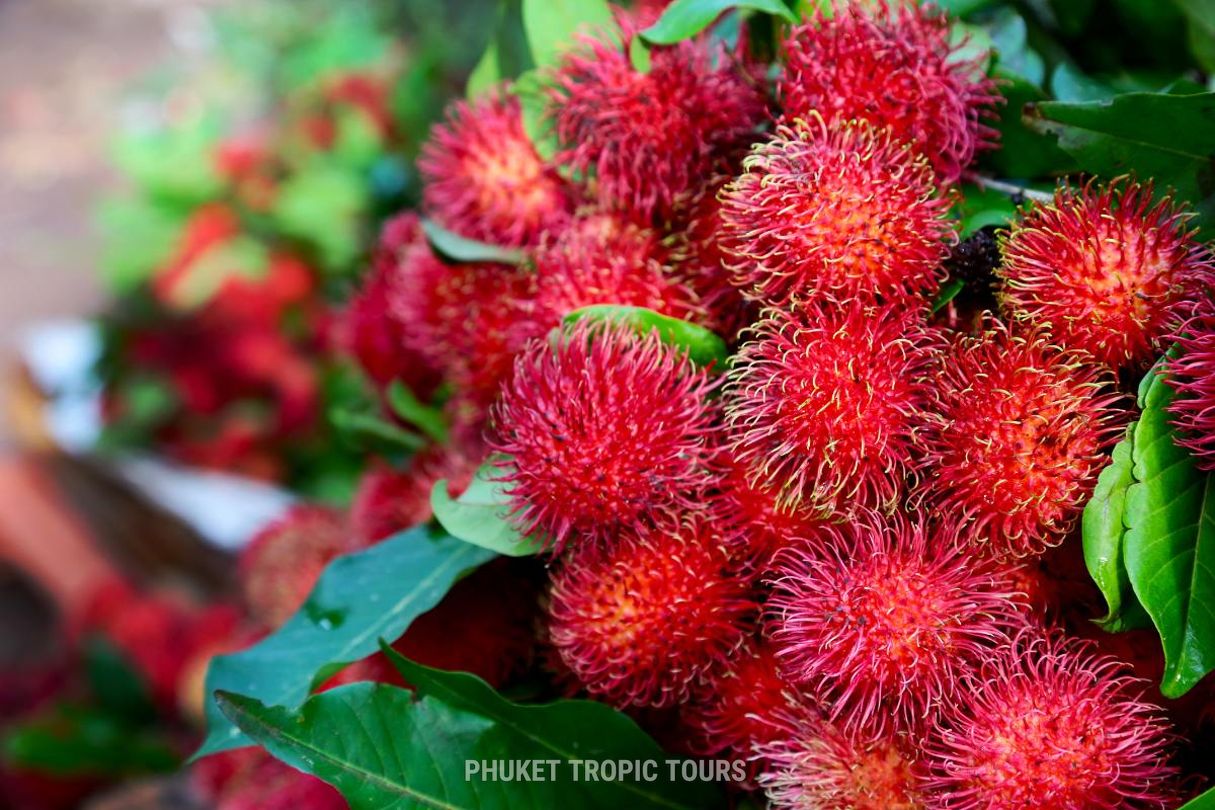
Mangosteen
Mangosteen, called the queen of fruits, is loved by almost everyone. This juicy, sweet fruit with slight acidity wins tourists' hearts from the first try. Its season — is from May to August.
How to choose: Fresh mangosteen has dark purple skin without cracks. If the skin gently yields when pressed, the fruit is ripe.
Health benefits: Mangosteen contains antioxidants that slow down aging processes and strengthen the immune system.
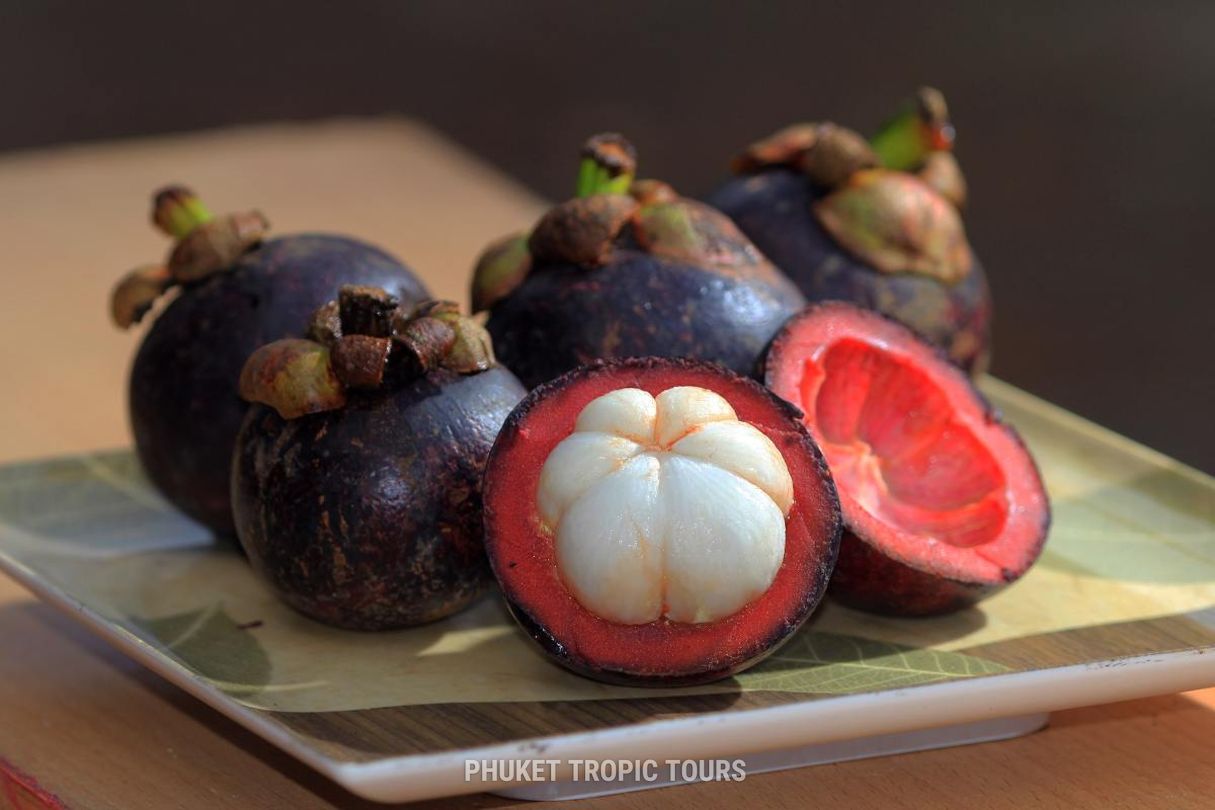
Longan or Dragon Eye
Longan, or "dragon eye," pleases with sweet pulp and a light musky aroma. The season for longan in Thailand lasts from July to September.
How to choose: Look for fruits with smooth, light brown skin, without spots or cracks.
Health benefits: Longan is rich in vitamin C and phosphorus, helps relieve fatigue, and supports bone health.
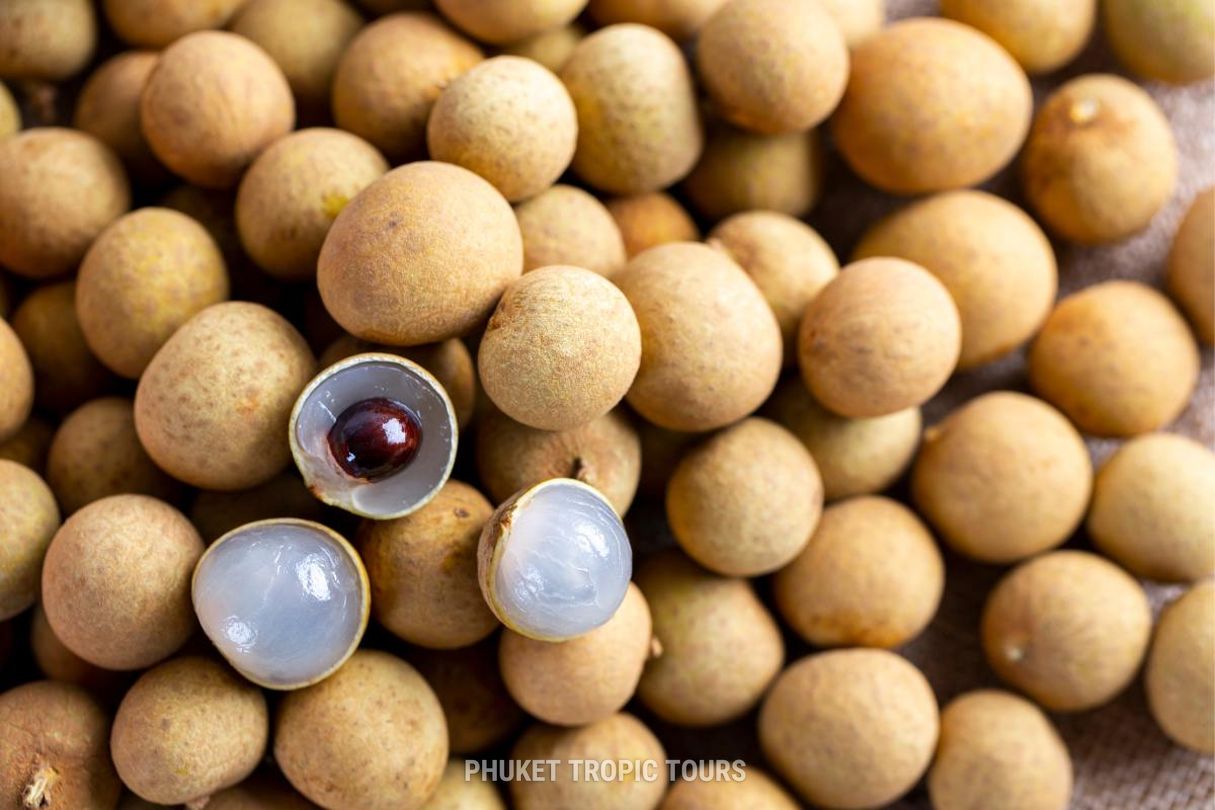
Fruits All Year Round
Visiting Thailand outside the season? Don't worry! The country offers tropical fruits all year round.
Pineapple. Always available, sweet, and juicy, great for snacks or Thai desserts.
Coconut. Fresh coconut with cooling water inside will refresh and energize you.
Jackfruit. A giant fruit with bright yellow flesh, sweet and nutritious.
Papaya. Used fresh, in smoothies, and in Thai dishes like spicy papaya salad (Som Tam).
Dragon Fruit (Pitahaya). A bright and exotic fruit with sweet, juicy flesh.
Watermelon and Melon. No need for words 🙂.
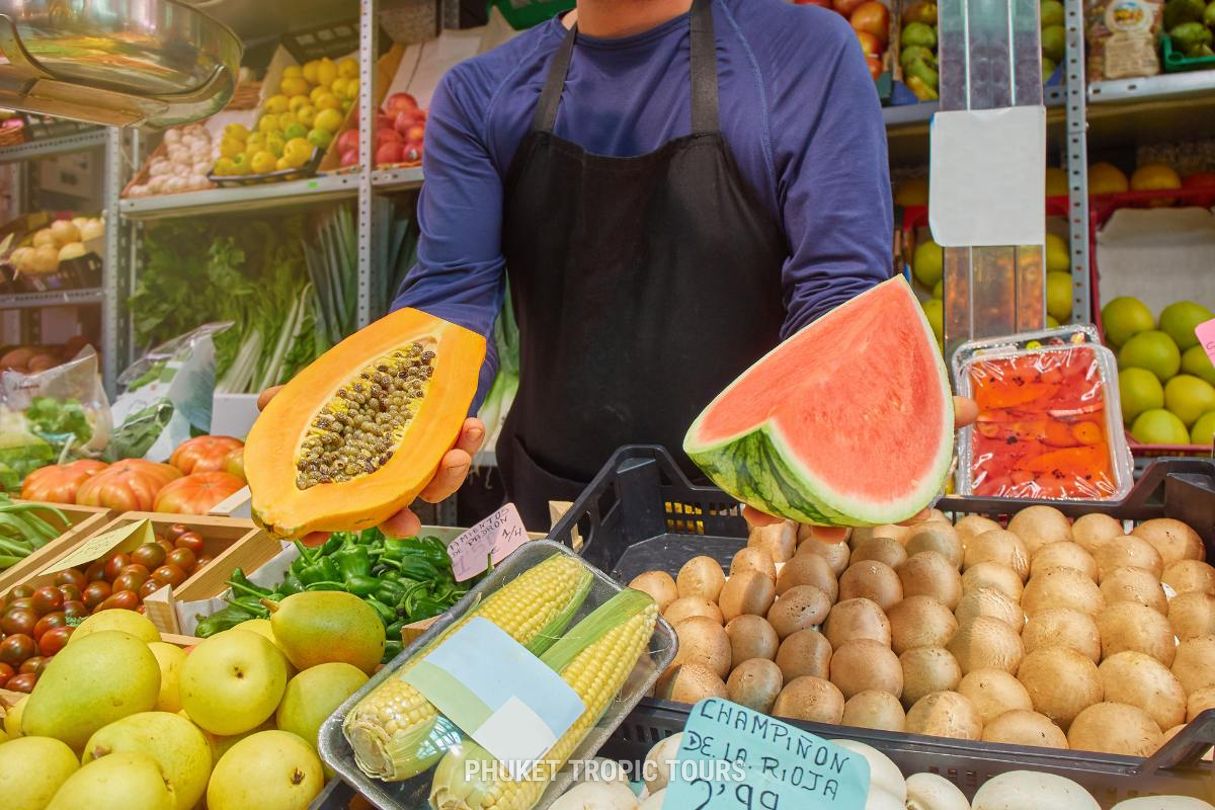
Where to Buy Fruits in Thailand?
Markets: Fresh fruits at affordable prices. You can try before buying.
Supermarkets: Convenient but might be pricier and less fresh than markets.
Street stalls: Fresh and cheap, but sellers may not speak English.
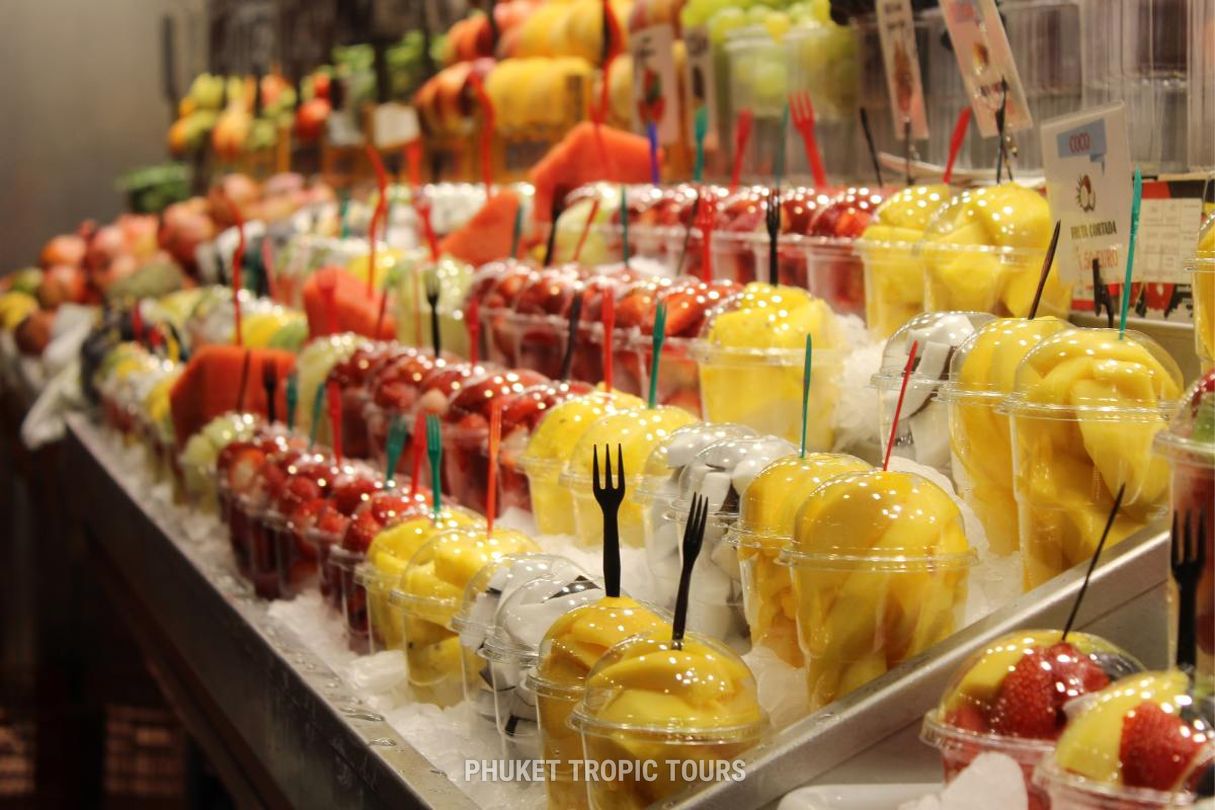
Conclusion
Thai fruits make your trip more colorful and unforgettable! Plan your visit according to fruit seasons for the best taste.






